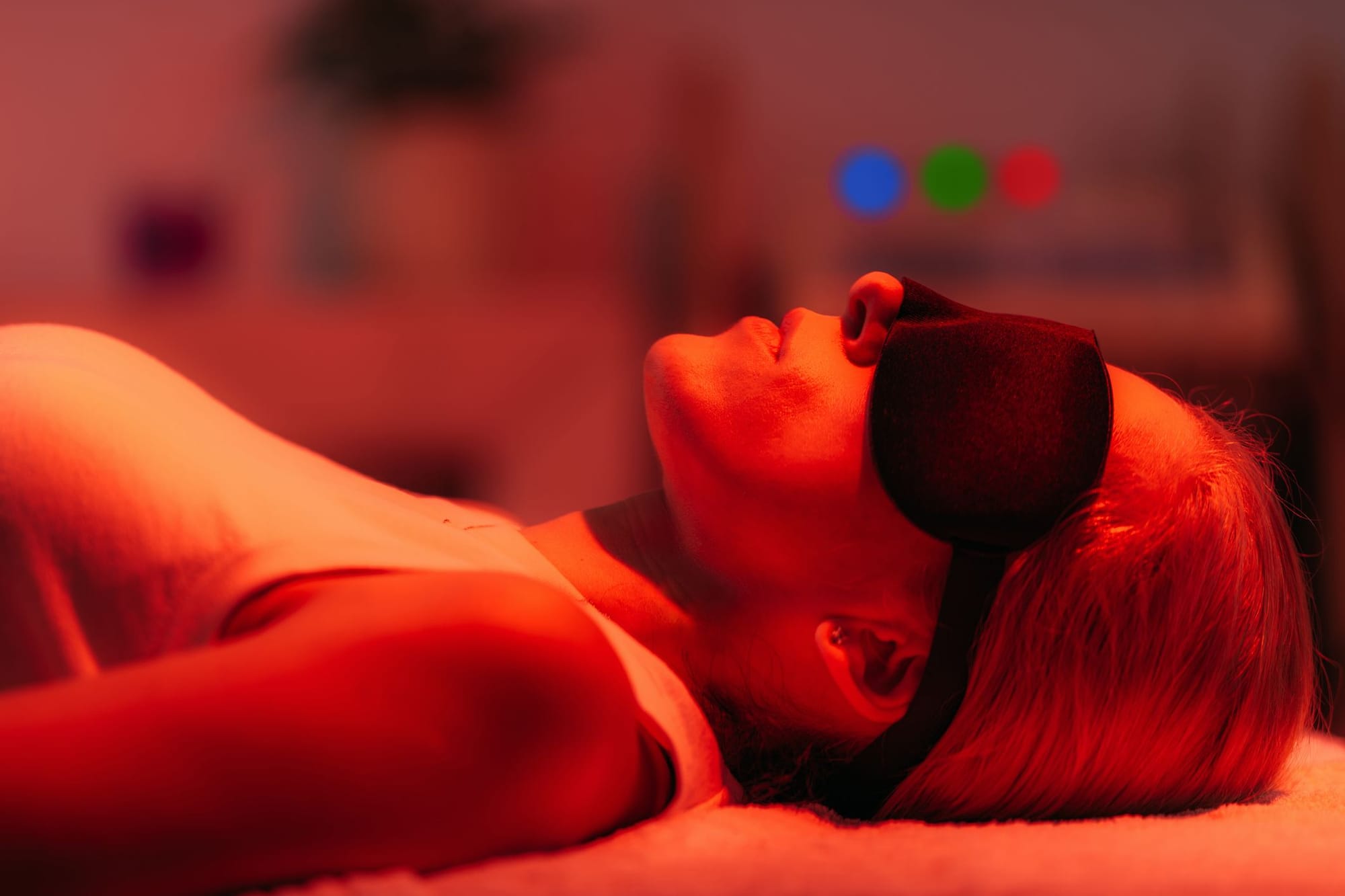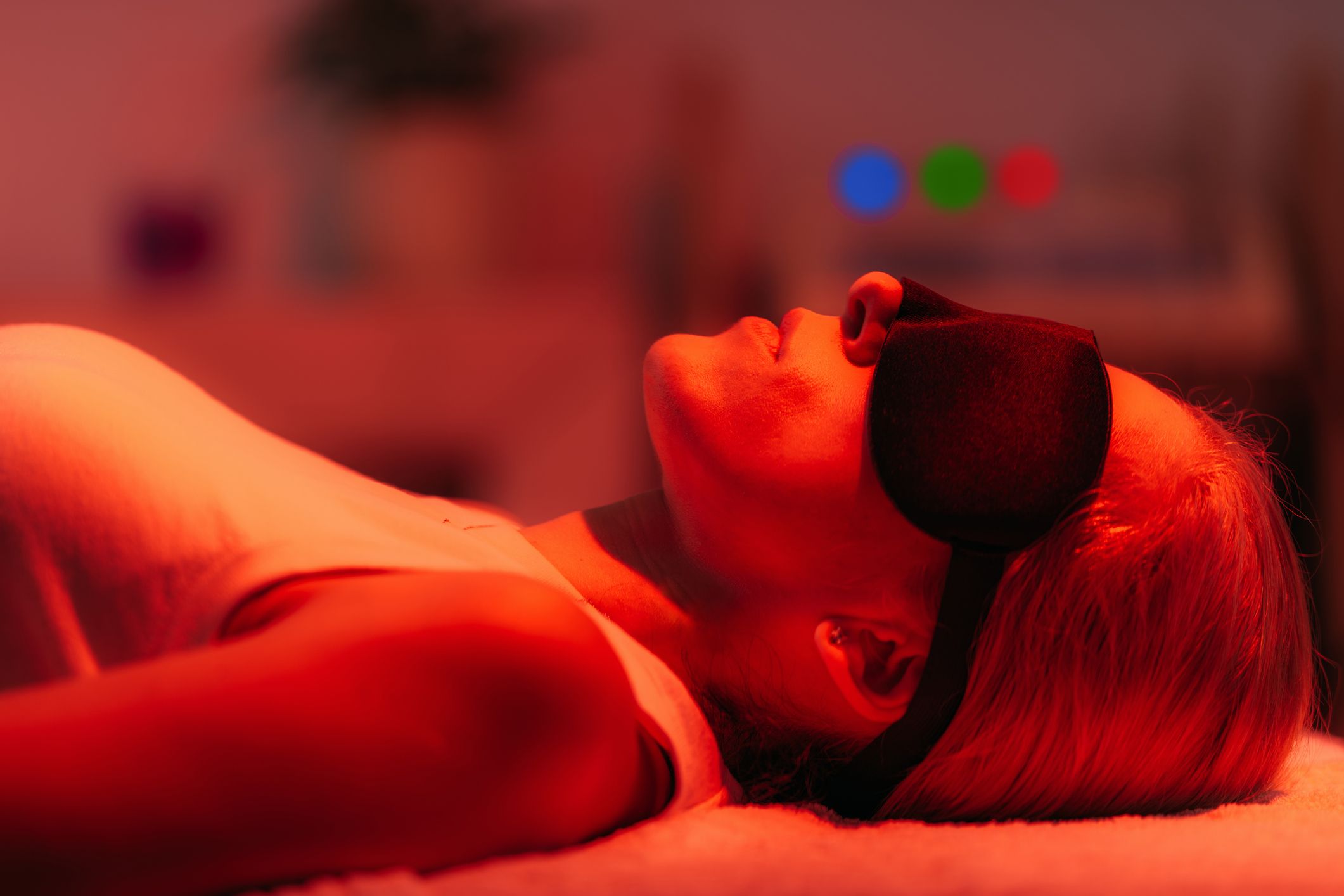Stacking Red Light Therapy and Hyperbaric Oxygen Therapy for Parkinson’s Disease: A Synergistic Approach

Parkinson’s disease (PD) is a complex neurodegenerative disorder characterized by motor symptoms like tremors, rigidity, and bradykinesia, as well as non-motor issues such as cognitive decline, mood disturbances, and sleep disruptions. While conventional treatments primarily focus on managing symptoms, emerging therapies like Red Light Therapy (RLT) and Hyperbaric Oxygen Therapy (HBOT) are gaining attention for their potential to address underlying disease mechanisms. Combining these therapies—a practice known as stacking—offers a synergistic approach that may enhance their individual benefits.
Understanding Red Light Therapy (RLT)
RLT, also known as photobiomodulation, involves the use of low-level red and near-infrared light to stimulate cellular function. By penetrating tissues, RLT improves mitochondrial activity, boosts ATP production, and reduces oxidative stress. This makes it particularly beneficial for neurodegenerative conditions like Parkinson’s disease.
Benefits of RLT for Parkinson’s Disease:
- Neuroprotection: Supports the survival of dopamine-producing neurons.
- Cognitive Enhancement: Improves brain fog, memory, and overall mental clarity.
- Reduced Inflammation: Mitigates neuroinflammation, a significant contributor to PD.
- Improved Sleep: Helps regulate circadian rhythms and enhance sleep quality.
Understanding Hyperbaric Oxygen Therapy (HBOT)
HBOT involves breathing pure oxygen in a pressurized environment, saturating the blood and tissues with oxygen. This therapy promotes healing, reduces inflammation, and supports cellular repair.
Benefits of HBOT for Parkinson’s Disease:
- Increased Oxygen Delivery: Enhances oxygen supply to hypoxic brain regions, supporting neuronal survival.
- Anti-Inflammatory Effects: Reduces systemic and neuroinflammation.
- Neurogenesis: Stimulates the repair and growth of neural tissues.
- Detoxification: Improves blood flow and helps flush out toxins implicated in PD pathology.
Why Stack RLT and HBOT?
While RLT focuses on mitochondrial function and localized neuroprotection, HBOT addresses systemic inflammation and oxygen delivery. When combined, these therapies provide a holistic approach to managing Parkinson’s disease:
- Enhanced Cellular Energy: RLT primes mitochondria to utilize oxygen more efficiently, amplifying the benefits of HBOT.
- Comprehensive Neuroprotection: The dual action reduces oxidative stress and inflammation while promoting repair and regeneration.
- Improved Symptom Management: The combination may better address both motor and non-motor symptoms.
Suggested Stacking Protocol
Week 1–6: Intensive Phase
- Frequency:
- RLT: 5 sessions per week
- HBOT: 3 sessions per week
- Session Details:
- RLT Session:
- Timing: Morning or early afternoon
- Duration: 15–20 minutes
- Target Areas: Use transcranial application (660–850 nm wavelengths) for brain benefits. Optionally, apply to the gut area to support systemic inflammation.
- HBOT Session:
- Timing: 2–4 hours after RLT
- Pressure: 1.5–2.0 ATA (atmospheres absolute)
- Duration: 60–90 minutes
- RLT Session:
Week 7–12: Maintenance Phase
- Frequency:
- RLT: 3 sessions per week
- HBOT: 1–2 sessions per week
- Session Details: Continue as in the intensive phase but reduce frequency to sustain benefits.
Enhancements to the Protocol
- Nutrition:
- Pair sessions with supplements like CoQ10, alpha-lipoic acid, and B vitamins to support mitochondrial health.
- Hydration:
- Stay well-hydrated before and after sessions to optimize cellular repair.
- Physical Activity:
- Engage in light exercise or stretching to enhance circulation and nutrient delivery.
- Sleep Optimization:
- Use evening RLT sessions (lower intensity) to improve sleep quality.
Monitoring Progress
Regularly assess motor and non-motor symptoms, energy levels, and overall well-being. Adjust session frequency and intensity as needed. Work with a healthcare provider to ensure safety and maximize benefits.
Expected Benefits
Patients may experience:
- Motor Improvements: Reduced tremors, stiffness, and improved mobility.
- Cognitive Benefits: Enhanced memory, focus, and reduced brain fog.
- Mood Stabilization: Better mood and reduced anxiety or depression.
- Disease Progression: Potential slowing of disease progression through neuroprotection and cellular health.
Safety Considerations
- RLT: Generally safe with minimal risks. Avoid overexposure to prevent skin irritation.
- HBOT: Safe when administered under medical supervision. Patients with lung conditions, seizures, or other contraindications should consult a physician.
Final Thoughts
Stacking RLT and HBOT offers a promising, non-invasive approach to managing Parkinson’s disease. While individual therapies are beneficial, their combined use may provide enhanced neuroprotection, symptom relief, and overall quality of life. This protocol is a step toward a holistic management strategy for Parkinson’s patients, integrating cutting-edge therapies with personalized care. Would you like to explore these therapies? Contact us today to learn more about how RLT and HBOT can be integrated into your wellness journey.
